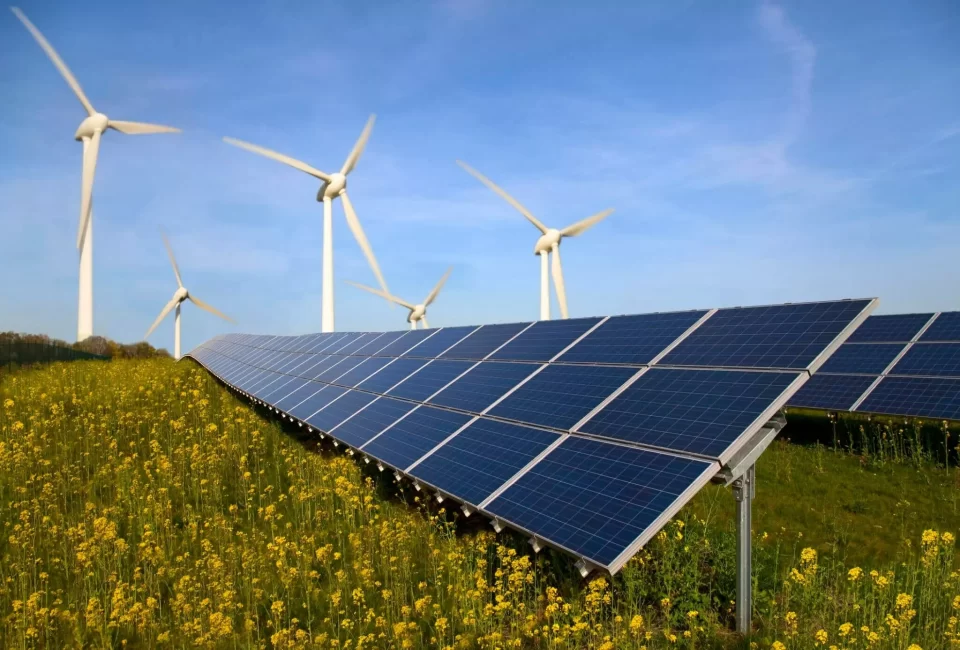There are campaigns to safeguard the planet everywhere plus renewable energy. We are attempting to switch to sustainable energy in Thailand. In particular, the generation of electricity from solar and wind energy today will examine the potential for solar and wind energy given that they currently account for only 4% of total power production.
One of the issues that contributed to our exorbitant electricity costs in the past. The cost of electricity rises to the point where many homes start to complain loudly.
One of the most significant effects of rising energy prices. Both paid a hefty premium to import fuel from other nations. Considering the volume of liquefied natural gas (LNG) output from the Gulf of Thailand that has declined At the same time, Thailand formerly relied on fossil fuels such coal, natural gas, crude oil, and oil. primarily in the creation of power, which today does not follow the global trend toward environmental preservation
But presently, Thailand is using low-carbon energy sources like geothermal, solar, wind, and hydropower. likewise biomass energy It is utilized in the public service, transportation, and industrial sectors. both farming and forestry Despite the fact that clean energy is on the rise. However, a lot of people think that fossil energy must still be used.
Information was made public by the Thailand Development Research Institute (TDRI). Thailand has previously employed wind energy. Even if the percentage of electricity produced by solar energy is low (4%), it is still a significant quantity when compared to other nations. In order to methodically manage energy use and employ renewable energy to provide enough electricity to meet energy demand, Thailand has a 15-20 year long-term plan that was created by the Ministry of Energy.
As more people use renewable energy, but Thailand still needs to increase the share of fossil fuels in its power development plan for the years 2018–2037 (PDP2018). But in contrast to the power generation plan by fuel type in PDP2015, the share of renewable energy stays the same.
- However, if considering the possibility of bringing fluctuating renewable energy into the power system using the following six myths (myths) and realities (reality):
Volatility
- People typically think that the sun and wind are always changing. It is not surprising to believe that renewable energy fluctuates, but that this variation is truly unmanageable because people are accustomed to abrupt changes in the weather, such as when the wind abruptly ceases blowing or clouds block the sun.
Cost
People frequently think that raising the amount of renewable energy will raise the price of power plants. utilizing renewable energy Technically, the old power plant will be affected since it will have to change the power generating level up and down more frequently. and drive up the price of the electrical system overall.
Power backup
Renewable energy is sometimes perceived as being extremely unstable. The ratio of power reserves to output must be 1:1 when building a thermal power plant. To provide as a source of backup power (backup production) for electricity produced by solar and wind energy. It’s pretty expensive. But a lot of backup power is required for renewable energy.
Interconnection
People believe that connecting to renewable energy networks is too expensive. Since wind and solar power sources are typically located far from where electricity is used, connecting to the grid is expensive.
energy storage system
Many people frequently think that energy storage is a crucial tool for coping with instability.
Energy storage system
Many frequently believe that energy storage is a crucial strategy for managing volatility. Wind and solar power variations can only be supported by energy storage technologies.
READ MORE: http://pattayaone.news
SOURCE: http://www.springnews.co.th





